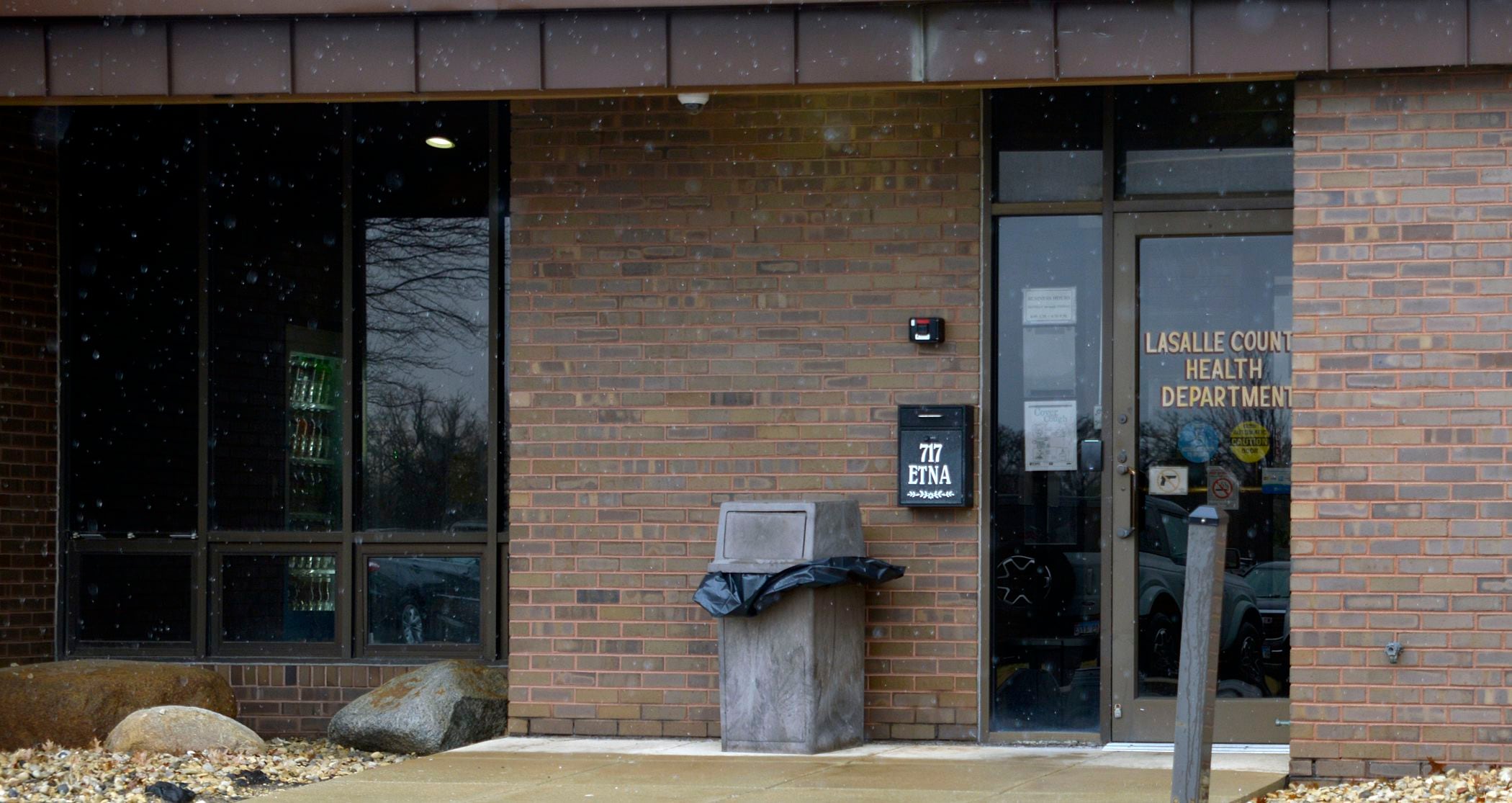The Care Quality Commission has undertaken a fresh inspection of the site Marked improvement has been made to urgent and emergency services at the Royal Liverpool Hospital 18 months after an inspection said immediate work was required to bring them up to scratch. In September 2023, the Care Quality Commission (CQC) carried out an unannounced inspection of the new city centre hospital as part of its continual checks on the safety and quality of services . In a fresh visit, CQC officials said they had been sufficiently impressed with immediate services which prompted an improved rating.
However, grading for the Liverpool University Hospital Foundation Trust (LUHFT) which manages the site and the wider hospital, remain unchanged after officers found breaches of regulation regarding the flow through the department, and issues around infection, prevention and control measures. Regarding the urgent and emergency services, the ratings has improved from inadequate to good overall, as well as for being safe and well-led. The service’s effectiveness rating has also moved up from requires improvement to good.

Its responsiveness has improved from inadequate to requires improvement, and caring has been re-rated as good. Karen Knapton, CQC deputy director of operations in the north west, said: “When we inspected urgent and emergency services at New Royal Liverpool University Hospital, we found a service which was well-led by strong leaders, who had created a positive culture that encouraged staff to put people first to deliver a high standard of care. “Staff understood and managed risks to people, so they were cared for in a safe way to meet their needs.
For example, everyone who attended the department had an assessment within 15 minutes of arrival, and this was monitored regularly to keep people safe. “We found safety incidents and complaints were investigated. This ensured lessons were learnt and people using the service were receiving safer care as a result.
Also, staff were open and honest and gave people and their families a full explanation when things did go wrong. “We heard positive feedback from people using the service, families and carers about staff and the treatment they’d received. They told us they were treated with compassion and kindness and were informed of care options and treatment plans.
“However, leaders and staff acknowledged that there were sometimes issues with flow through the department for people being admitted onto a ward, due to delays with people being able to be discharged home. The trust is working with partner organisations and has an improvement plan in place to help address these issues. “Staff should be proud of the improvements they’ve made.
We’ll continue to monitor the trust, including through future inspections, to ensure this good standard of care is sustained and they continue to build on this good care to make further improvements so people can continue to receive safe and appropriate care.” Natalie Hudson, executive managing director of the Royal Liverpool University Hospital, said: “Our teams should be incredibly proud of this achievement, which reflects their hard work and commitment to providing the best care possible to our patients in what can be very challenging circumstances. To have their rating go from Inadequate to Good following an inspection which took place during a very busy winter should be commended and I am pleased the CQC has highlighted the care and compassion shown by our staff, as well as the supportive leadership of the service.
“Since this inspection took place we have improved our infection prevention and control performance and we will continue to focus on this area. We recognise there are still challenges around patient flow through the Emergency Department and admitting patients to wards more quickly, and we are working with our system partners to make further improvements and speed up the discharge of patients who no longer require hospital care.”.
Top

New verdict given on urgent and emergency services at Royal Liverpool Hospital

The Care Quality Commission has undertaken a fresh inspection of the site











